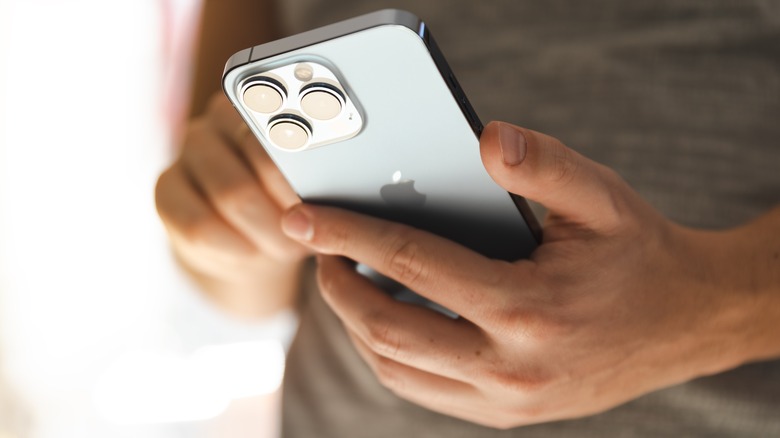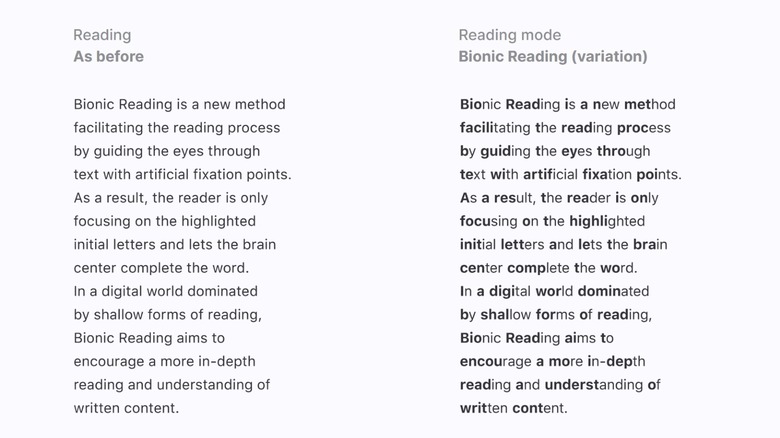Here's Why Bionic Reading Is Going Viral
What if you could have reading powers that allow you to scan through a text, skipping words like surfing, and still retain all the information? That's an ability that Bionic Reading created, and it's going viral. iMore described Bionic Reading as a tool for iPhone and Mac that "will blow your mind."
On May 19, 2022, iMore reported that Bionic Reading, a tool created by the Swiss developer Renato Casutt, is storming the internet, promising to revolutionize the way people read and break down content. The tool is simple. It scans texts and highlights some key parts to make text more concise and recognizable. Bionic Reading assures that its tool allows the brain to recognize words faster.
Bionic Reading adds that its tool saves time, gives readers an advantage, facilitates fast learning and knowledge expansion, and provides a tool to read with less noise, more focus, and fewer distractions. Twitter user @juanbuis — a UX writer for Minecraft and Spotify — retweeted on May 18 a Bionic Reading sample, originally posted by @Christophepas, saying Bionic Reading "feels like finally unlocking 100% of your brain." A day later, the post had more than 16,000 likes and over 5,000 retweets.
How was Bionic Reading created, and why do people love it?
Currently, the Bionic Reading Application Programming Interface (API) can be found on the iPhone and the Mac. For iPhone, it is integrated with the apps Reeder 5 and Lire. On the Mac, it can be found on an app called Fiery Feeds. The API Bionic Reading tool is also available for download online. Developers can tweak the tool for higher or weaker highlights, frequency of fixations, contrast, fonts, text characteristics, and more (via iMore).
Like many things worth creating, Bionic Reading was born out of a lucky accident. Renato Casutt came up with the idea during his studies, when he was working on a book written in a foreign language, per Bionic Reading. Casutt realized that by highlighting fragments of written words, his brain connected them to similar words in his own language, words he already knew.
The first version of Bionic Reading was a success among Cassutt's classmates. They soon discovered they could read and study much faster. Through students, Bionic Reading organically spread to their parents, then came CEOs. Today, Casutt is a typographic designer who has been working with type, form, and text for more than two-and-a-half decades. He is now focused on taking Bionic Reading to the next level.

